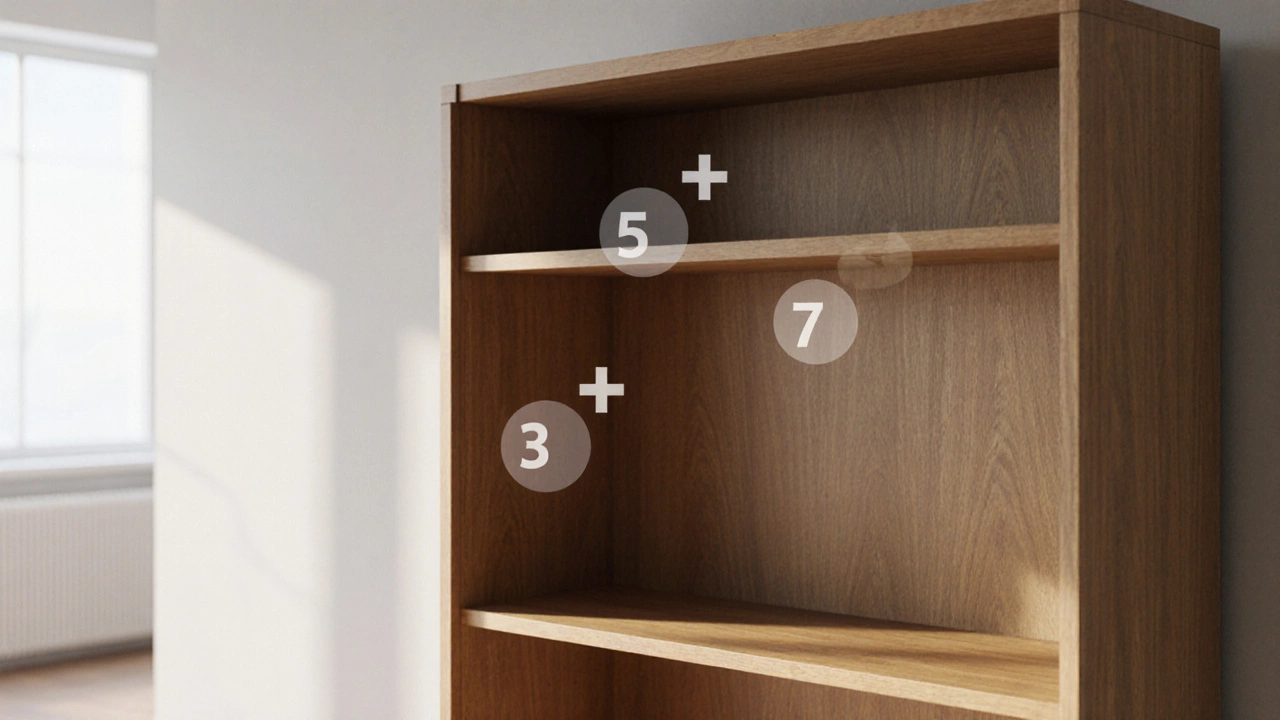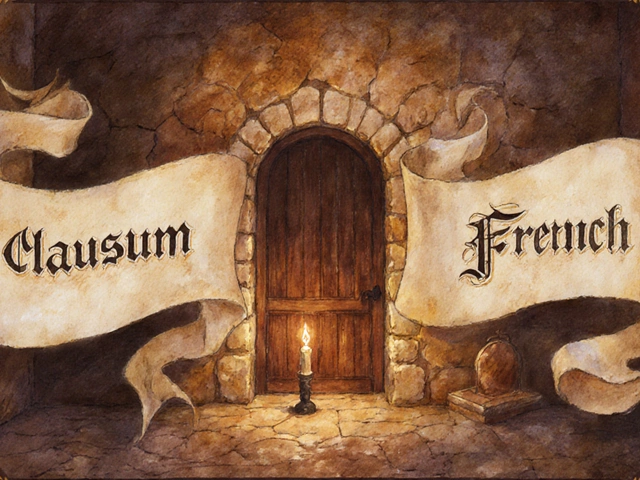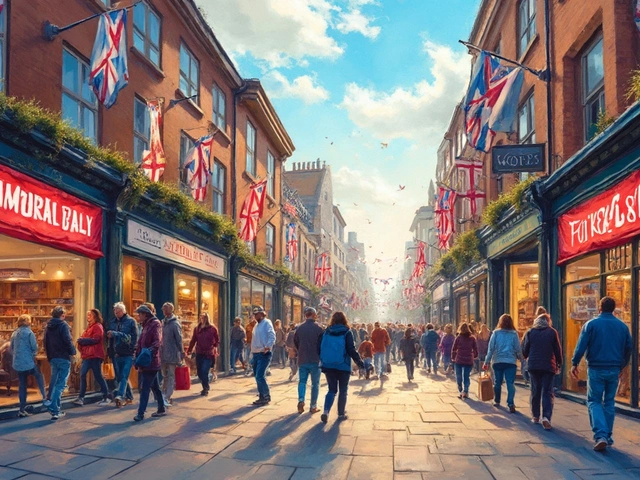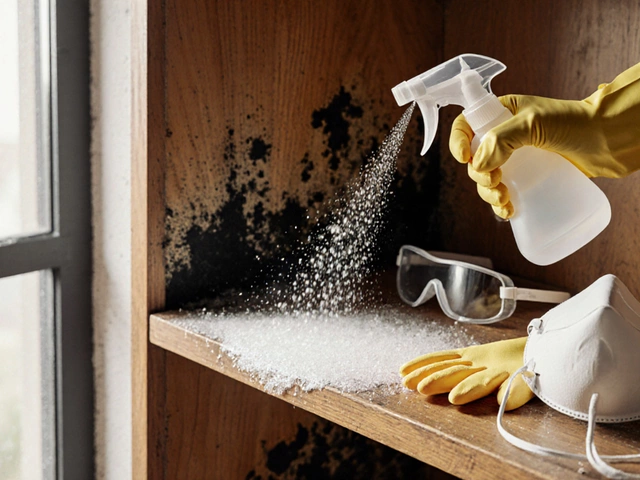3-5-7 Rule Calculator
Items
- Stacked books
- Large vase
- Decorative box
Items
- Focal photo
- Medium books
- Small sculpture
Items
- Mini frames
- Candles
- Tiny plants
Ever stared at an empty bookcase and wondered how many picture frames, vases or books you should put on each shelf? The answer often boils down to a single, easy‑to‑remember formula: the 3-5-7 rule is a simple visual balancing guideline that suggests using three items on the bottom tier, five in the middle, and seven at the top of a display. Apply it and you instantly get a sense of rhythm, proportion, and a polished look without over‑thinking every piece.
A bookcase is a piece of storage furniture designed to hold books, décor items, and collectibles, typically featuring horizontal shelves that vary in height and depth. Whether it’s a floor‑standing unit or a wall‑mounted module, the same visual rules apply.
What the 3-5-7 Rule Actually Means
The rule isn’t a hard law; it’s a visual shortcut that helps you create visual balance on any vertical surface. Bottom shelves carry the heaviest, largest items - think a stack of books or a chunky sculpture. The middle tier gets medium‑sized pieces, while the top shelf is reserved for the smallest, lightest objects like tiny candles or a narrow picture frame. By stacking the count upward (3‑5‑7), you mimic the way the eye naturally travels - from the weighty base up to the lighter apex.
Why 3‑5‑7 and not 4‑6‑8? The numbers are odd, and odd counts tend to feel more dynamic and less rigid than even groups. Odd numbers give you a natural center point, making the arrangement feel anchored yet interesting.
Why It Works: The Psychology Behind Proportion and Scale
In interior design, the concepts of proportion and scale dictate how objects interact with the space around them. The 3‑5‑7 rule leverages two key ideas:
- Scale hierarchy: Larger items on lower shelves create a visual foundation, preventing the space from feeling top‑heavy.
- Proportion balance: By gradually increasing the number of items as you move upward, you distribute visual weight evenly across the entire height of the bookcase.
When you follow this hierarchy, the surrounding negative space - the empty areas between objects - feels intentional. That empty space acts like a pause in a conversation, giving each piece room to shine.
Step‑by‑Step: Using the 3‑5‑7 Rule on a Bookcase
- Survey the piece: Measure the height of each shelf and note the overall depth. A standard bookcase might have three to five shelves, each 12‑14 inches apart.
- Choose a focal point: Pick one item that you love the most - perhaps a family photo or an eye‑catching vase. This will sit on the middle shelf, surrounded by the “five” items.
- Bottom shelf - three items: Start with the biggest pieces. Two stacked books and a decorative box work well. Keep the total width under 80% of the shelf to leave breathing room.
- Middle shelf - five items: Arrange the focal point in the center. Flank it with two smaller books and two decorative accents (like a small plant and a framed print). Aim for a roughly equal gap between each object.
- Top shelf - seven items: This is the playful layer. Use tiny vases, miniature frames, or a collection of candles. Because these items are light, they won’t overwhelm the eye even in larger numbers.
- Fine‑tune: Step back, then adjust spacing. If the top looks crowded, swap a small object for a thin book.
Pro tip: Keep the total visual weight of each tier balanced. If the bottom feels too heavy, replace a bulky item with a slimmer book or a decorative tray.
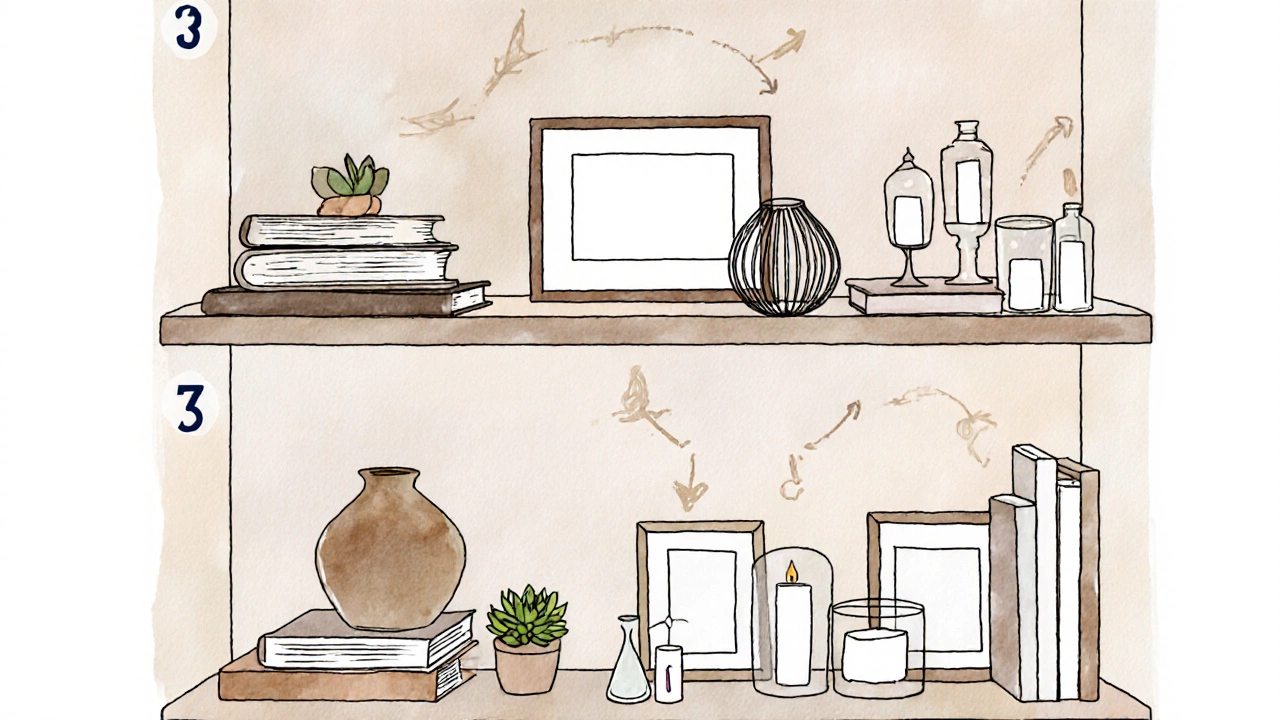
Extending the Rule Beyond Bookcases
The 3‑5‑7 principle works on any vertical canvas - mantelpieces, wall galleries, even bathroom towel racks. The same logic applies: heavy, large items low; medium items centered; light, small items high.
For a mantel, you might place three larger candlesticks or picture frames on the bottom, five medium‑sized ornaments in the middle, and a row of seven tiny trinkets at the top. The rule helps you avoid the common mistake of piling too many small objects at eye level, which can create visual clutter.
Common Pitfalls and How to Dodge Them
- Too many colors: Stick to a limited color palette - usually two to three hues - to keep the display cohesive.
- Ignoring lighting: Poor lighting can flatten a well‑balanced arrangement. Add a small LED strip or a directed lamp to highlight the top tier.
- Overcrowding the top: Seven items sounds many, but they must be genuinely small. If they start to look like a mess, trim the count to five.
- Neglecting scale: A massive sculpture on a narrow shelf throws off the whole balance. Match the object's size to the shelf depth.
- Forgetting the focal point: Without a standout piece, the arrangement can feel random. Choose one item to anchor the middle tier.
Quick Cheat Sheet
| Tier | Item Count | Typical Size | Examples |
|---|---|---|---|
| Bottom | 3 | Large / heavy | Stacked books, large vase, decorative box |
| Middle | 5 | Medium | Focal photo, medium books, small sculpture |
| Top | 7 | Small / light | Mini frames, candles, tiny plants |
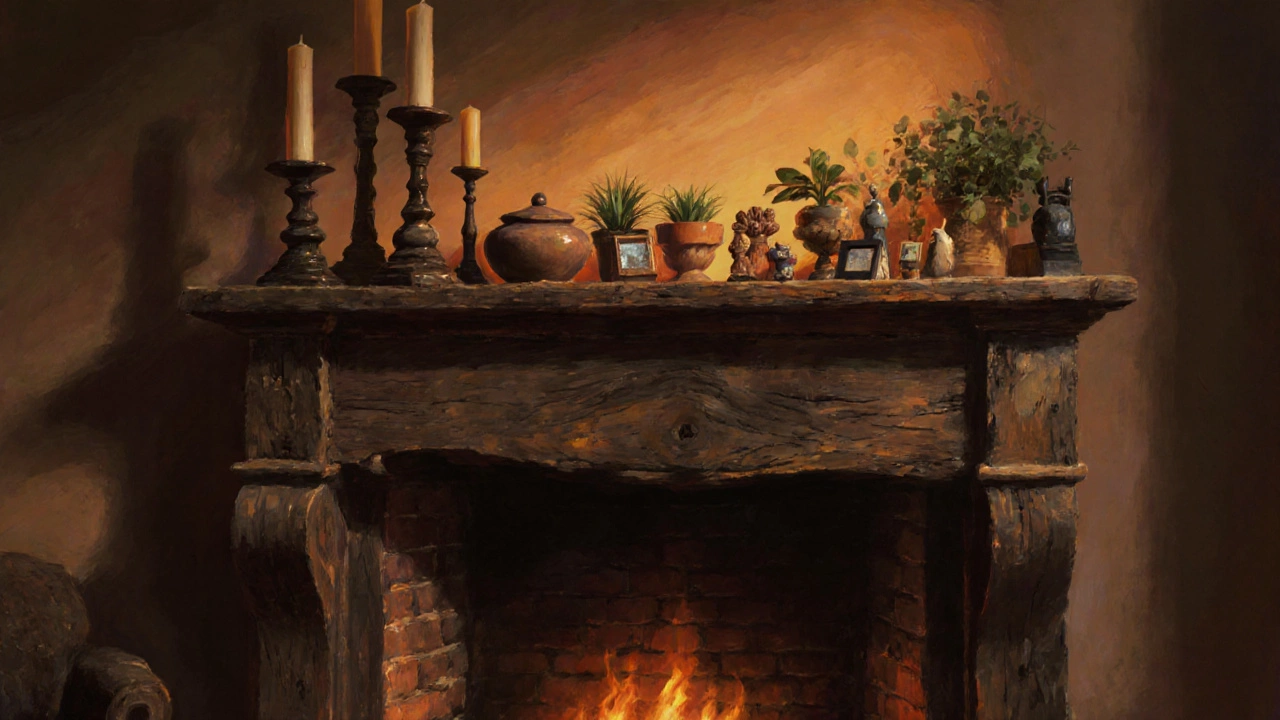
Comparison: 3‑5‑7 Rule vs Simple Odd‑Number Rule
| Aspect | 3‑5‑7 Rule | Odd‑Number Rule |
|---|---|---|
| Guideline | Specific counts per tier (3‑5‑7) | Any odd number per tier |
| Visual rhythm | Gradual increase creates upward flow | Less predictable, can feel static |
| Ease of use | Memorable formula, good for beginners | More flexible, but harder to judge balance |
| Best for | Bookcases, mantels, wall displays | Wall art groupings, picture collages |
Final Thoughts
Styling a bookcase doesn’t have to be a trial‑and‑error disaster. The 3‑5‑7 rule gives you a clear roadmap, letting you focus on the fun parts - picking colors, textures, and those personal knick‑knacks that make a house feel like home. Remember to respect scale, keep a simple color palette, and use lighting to highlight the top tier. Follow the steps, avoid the pitfalls, and you’ll turn any bare shelving into a curated showcase.
Frequently Asked Questions
Can I use the 3‑5‑7 rule on a two‑shelf bookcase?
Yes. Apply three items on the lower shelf and five on the upper one. Skip the top tier, or add a decorative tray to simulate a third layer.
What if my shelves are very deep?
Depth gives you extra room for larger items, but keep the visual weight low. Use the back of the shelf for taller books and let the front hold the decorative pieces.
Do I need to stick strictly to 3‑5‑7?
The rule is a guide, not a law. If you have a very narrow shelf, you might drop to 2‑4‑6. The key is maintaining the upward visual progression.
How does lighting affect the rule?
Good lighting accentuates the top tier, making the small items stand out. A subtle LED strip or a small spot lamp can prevent the upper layer from disappearing into the background.
Can I mix the 3‑5‑7 rule with other design principles?
Absolutely. Pair it with the rule of thirds, a cohesive color palette, or a theme (modern, rustic, coastal). The 3‑5‑7 rule handles quantity; the other principles handle placement and style.
